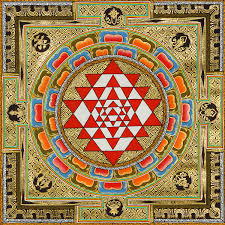
The general meaning of the word yantra is “a machine,” or an “apparatus” and so in this sense a washing machine, a television or even a computer is a yantra. In a religious context a yantra is a symbolic diagram that represents a Deity and is used primarily for puja and meditation. Yantras are generally inscribed onto thin copper or silver plate that shows a geometric shape, often with some numbers or even the inscription of a Deity. Virtually every Deity will have a yantra. Thus it is common to find Narayana yantras, Lakshmi or Shri yantras, Nava Graha yantras, Durga yantras, and so on. A yantra is used in much the same way as a murti or sacred image is worshipped during puja. Yantras have other uses as well. They are often placed underneath a sacred image when it is newly installed into a temple altar.
A Shri yantras, (the yantra for the Goddess of wealth and prosperity) or a Ganesha yantra (for good luck) is often kept near one’s check book or business books. Yantras are often used in astrology. If one needed to boost the influence of a certain astrological influence, the yantra for that planetary influence may be worshipped and kept on a family or personal altar. Yantras are sometimes placed above doorways or near entrance ways to homes and other buildings. See the illustrations of some typical yantras.
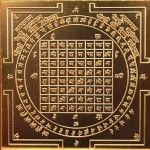

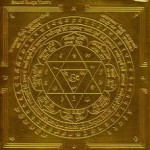
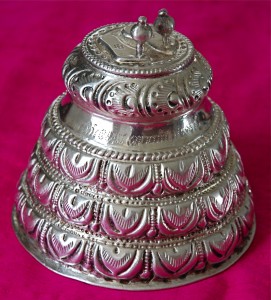


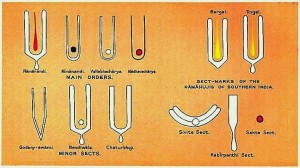

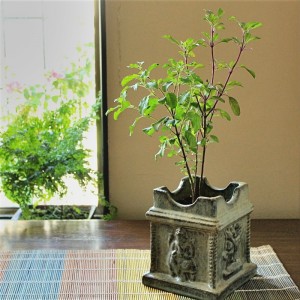

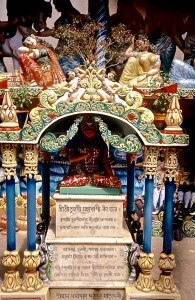 Vaishnavas carve the wood of the tulasi plant and use it for chanting beads (
Vaishnavas carve the wood of the tulasi plant and use it for chanting beads (